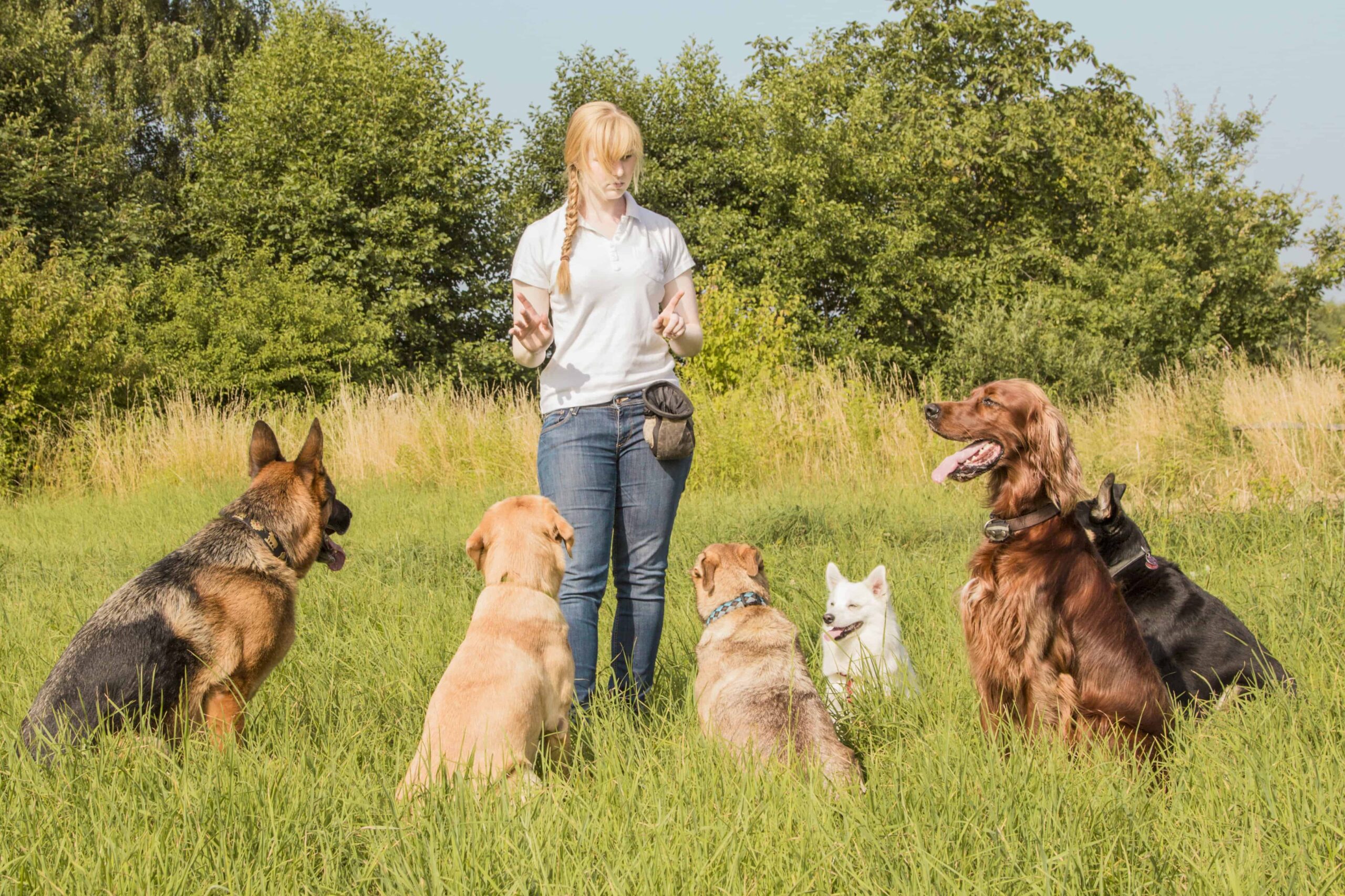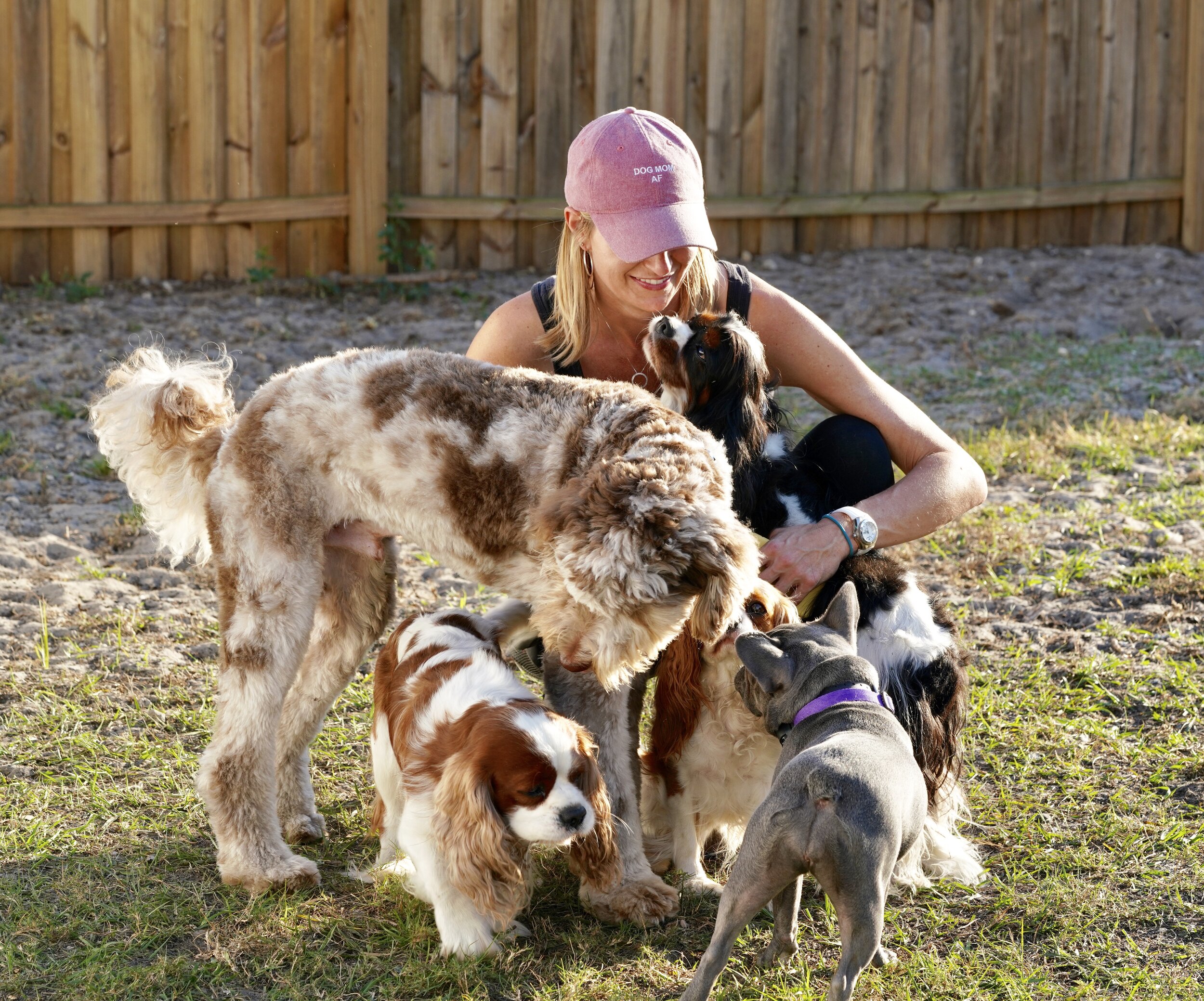Dog Training for First-Time Pet Owners: What You Need to Know
Dog Training for First-Time Pet Owners: What You Need to Know
Blog Article
Transform Your Canine's Behavior With Proven Training Approaches
Transforming your canine's habits requires a nuanced understanding of their private traits and requirements, as well as the application of tried and tested training approaches. By employing favorable support and identifying necessary cues in their body language, you can properly address typical behavior problems such as too much barking or leaping. Uniformity in your training technique not just boosts obedience however also fosters a deeper bond of trust fund and regard in between you and your family pet. The course to successful makeover might present unanticipated challenges that warrant additional expedition.
Comprehending Dog Habits
Comprehending canine behavior is essential for effective training and interaction in between people and their canine companions. Canines, as social animals, show a variety of habits influenced by genetics, atmosphere, and experiences - Dog training. Recognizing these habits helps proprietors tailor their training approaches to meet the specific requirements of their dogs
Trick facets of pet behavior consist of body language, vocalizations, and social interactions. As an example, a wagging tail often indicates excitement, while a lowered head might signal entry or concern. Comprehending these signals can aid owners translate their pet dog's emotional state and react suitably. In addition, socializing plays a crucial role in shaping habits; pet dogs that engage favorably with various other pets and various individuals are generally more well-adjusted and versatile.
Additionally, identifying tension signals-- such as pacing, evasion, or panting habits-- can prevent rise into a lot more major issues. Owners that are in harmony with their pet's habits can create a secure and nurturing environment, fostering count on and enhancing the training procedure. Ultimately, a deep understanding of canine habits lays the structure for a harmonious partnership and reliable training end results, making certain both pet dogs and their proprietors prosper with each other.
Favorable Support Strategies
Positive support strategies are commonly acknowledged as one of one of the most efficient approaches for training canines, fostering a favorable discovering atmosphere. This method involves fulfilling preferred habits with treats, praise, or play, thereby motivating the pet dog to repeat those habits. Unlike vindictive techniques, positive support develops depend on and enhances the bond in between the trainer and the dog.
Benefits need to be provided quickly adhering to the wanted behavior to help the pet make the link. Uniformity is likewise crucial; using the same commands and rewards aids the pet dog comprehend what is anticipated.
It is important to keep in mind that favorable reinforcement is not about bribery; rather, it has to do with reinforcing excellent actions. With time, as the pet finds out to link certain activities with positive results, the frequency of incentives can be progressively reduced, transitioning to verbal praise or intermittent rewards. This method not only urges obedience however likewise advertises a satisfied and positive pet dog, making training a more delightful experience for both events entailed.
Attending To Common Problems
Resolving usual issues during dog training is vital for making certain a harmonious and effective connection in between the dog and its proprietor. Lots of pet dog owners come across behavioral obstacles, such as too much barking, jumping, and chain pulling. Understanding the source of these behaviors is essential for effective training.
Extreme barking might come from dullness, stress and anxiety, or an absence of socialization. To mitigate this, give sufficient physical workout, mental stimulation, and possibilities our website for social communication with both people and other canines. Jumping can usually suggest enjoyment or a wish for interest. Training the canine to rest upon greeting can redirect this actions positively.
Leash drawing is an additional common concern, often arising from a pet dog's enthusiasm to explore. Utilizing correct leash handling techniques, integrated with training methods that urge loose-leash strolling, can substantially improve this actions.
On top of that, issues like resource safeguarding or separation anxiety require customized strategies. Progressive desensitization and counter-conditioning can be efficient in resolving these challenges. By recognizing and proactively managing these common concerns, pet owners can promote a much more delightful training experience and reinforce the bond with their canine buddies.
Uniformity in Training

To attain uniformity, it is essential that all participants of the house stick to the exact same training techniques. For circumstances, making use of the same spoken signs and hand signals ensures that the canine receives uniform messages. Furthermore, the timing of benefits and modifications ought to correspond; instant reinforcement raises the likelihood that the dog will connect the actions with the outcome.
Routine practice sessions, coupled with organized schedules for feeding, walking, and playtime, aid canines prepare for and recognize their atmosphere, making them extra receptive to training. Inevitably, uniformity fosters a feeling of protection and trust, empowering pets to find out much more successfully.
Structure a Strong Bond
Just how can fostering a strong bond in between a dog and its owner improve the training experience? A strong connection improved depend on and moved here respect serves as the foundation for reliable training. When a dog really feels safe in its connection with its owner, it is more most likely to show favorable behaviors and be receptive to learning. This bond urges the dog to engage totally in training sessions, as it sees the owner as a resource of support and assistance.
In addition, a strong bond facilitates better interaction. Canines are proficient at reading human signs, and a relying on partnership permits more clear signals throughout training. Owners that invest time in structure this bond with play, socializing, and favorable reinforcement develop a setting where pets feel anxious and motivated to learn.
Additionally, a reputable connection can reduce anxiety and behavior issues, as canines are less most likely to act out when they really feel recognized and looked after. Focusing on the growth of a strong bond not only improves the training experience but also contributes to a better and a lot more well-adjusted canine. Ultimately, the journey of training transforms right into a collaborative partnership, leading to lasting behavioral improvements.
Conclusion

Proprietors that are attuned to their pet's actions can develop a nurturing and safe atmosphere, fostering count on and boosting the training process. Inevitably, a deep understanding of canine actions lays the foundation for an unified relationship and efficient training end results, ensuring both pets and their proprietors grow with each other.
Dealing with typical issues during dog training is important for making sure a unified and successful partnership this between the canine and its owner.Consistency is a foundation of efficient pet training, as it establishes a clear framework for the pet dog to understand assumptions and behaviors.In verdict, transforming a pet dog's actions through proven training methods requires an understanding of canine actions, the application of favorable reinforcement techniques, and an emphasis on consistency.
Report this page